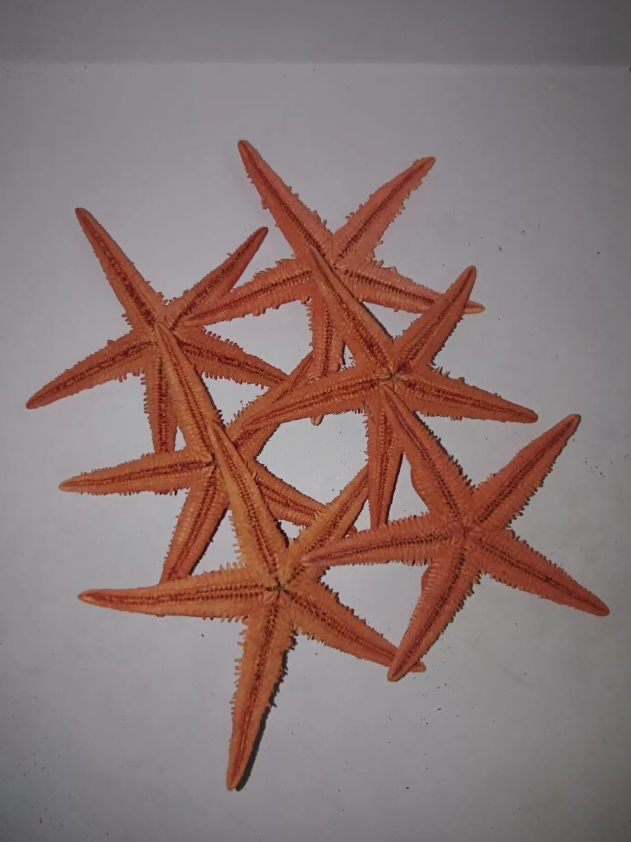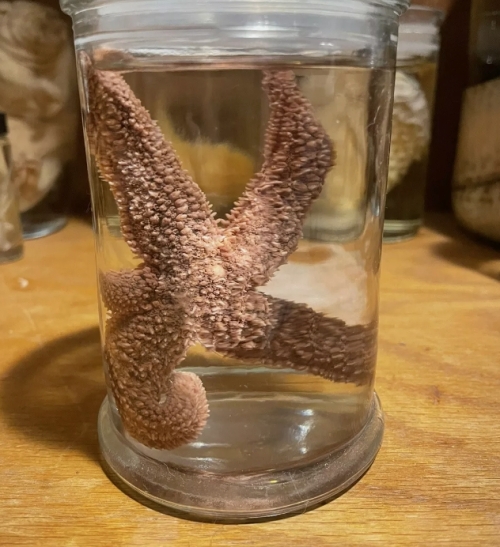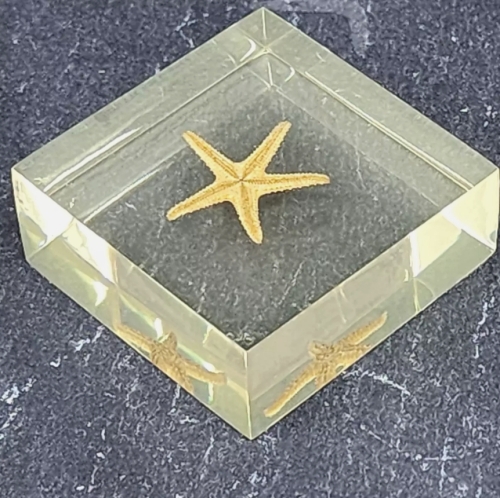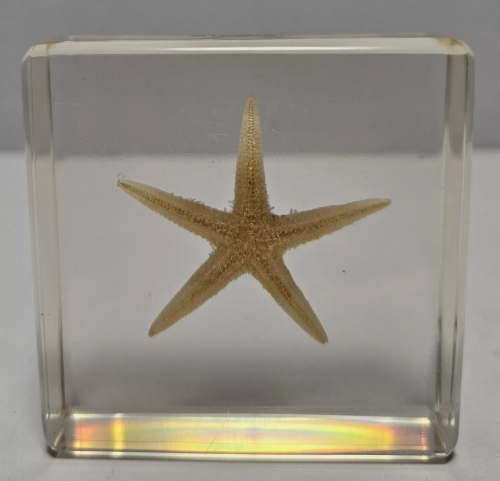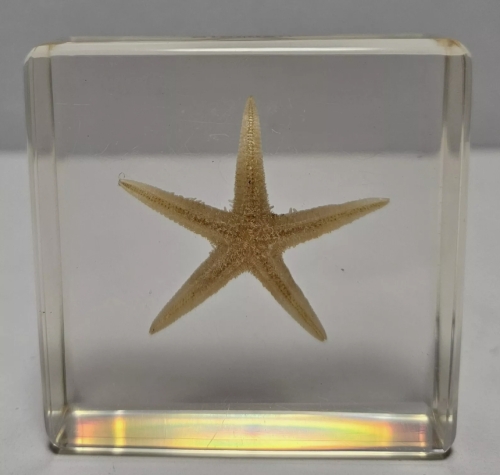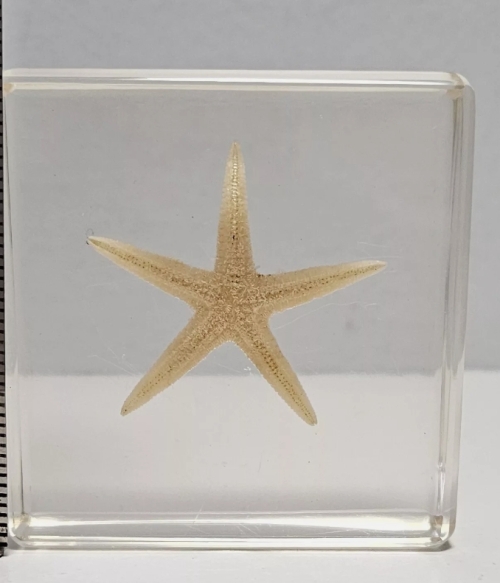Starfish, as a unique Marine creature, is loved by many people for its beautiful forms and rich colors. In many Marine museums and natural history museums, specimens of starfish are one of the common exhibits, they not only show the diversity of Marine life, but also provide important scientific information for researchers.
Starfish belong to the phylum echinoderm and have radially symmetrical bodies, usually with five or more arms and a central mouth on the ventral surface, adapted to a variety of environments. The appearance of starfish is striking, with some species showing bright red, blue or yellow, while others are more understated, showing grey or light brown. Of course, starfish of different species are distinctive in form and color, which makes them an indispensable object of biological study.
The physiology and ecology of starfish are equally fascinating. They are an important part of the Marine ecosystem, as a link in the food chain, preying on shellfish, mollusks, etc., regulating the balance of Marine ecology. Starfish also have a remarkable ability to regenerate after losing one or more arms, a property that has attracted considerable attention in scientific research and helps us understand the basic principles of regeneration mechanisms.
In the process of preparing starfish specimens, it is necessary to obtain fresh starfish first, and then maintain its original color and shape through proper preservation and treatment. Specimens are usually attached to a display board with relevant scientific information, such as the species name, collection location, and ecological habits. This will not only help viewers better understand the living habits of starfish, but also increase their understanding of Marine life conservation.
Whether in research or education, starfish specimens are an important tool for transmitting Marine knowledge. With the improvement of people's awareness of Marine environmental protection.

